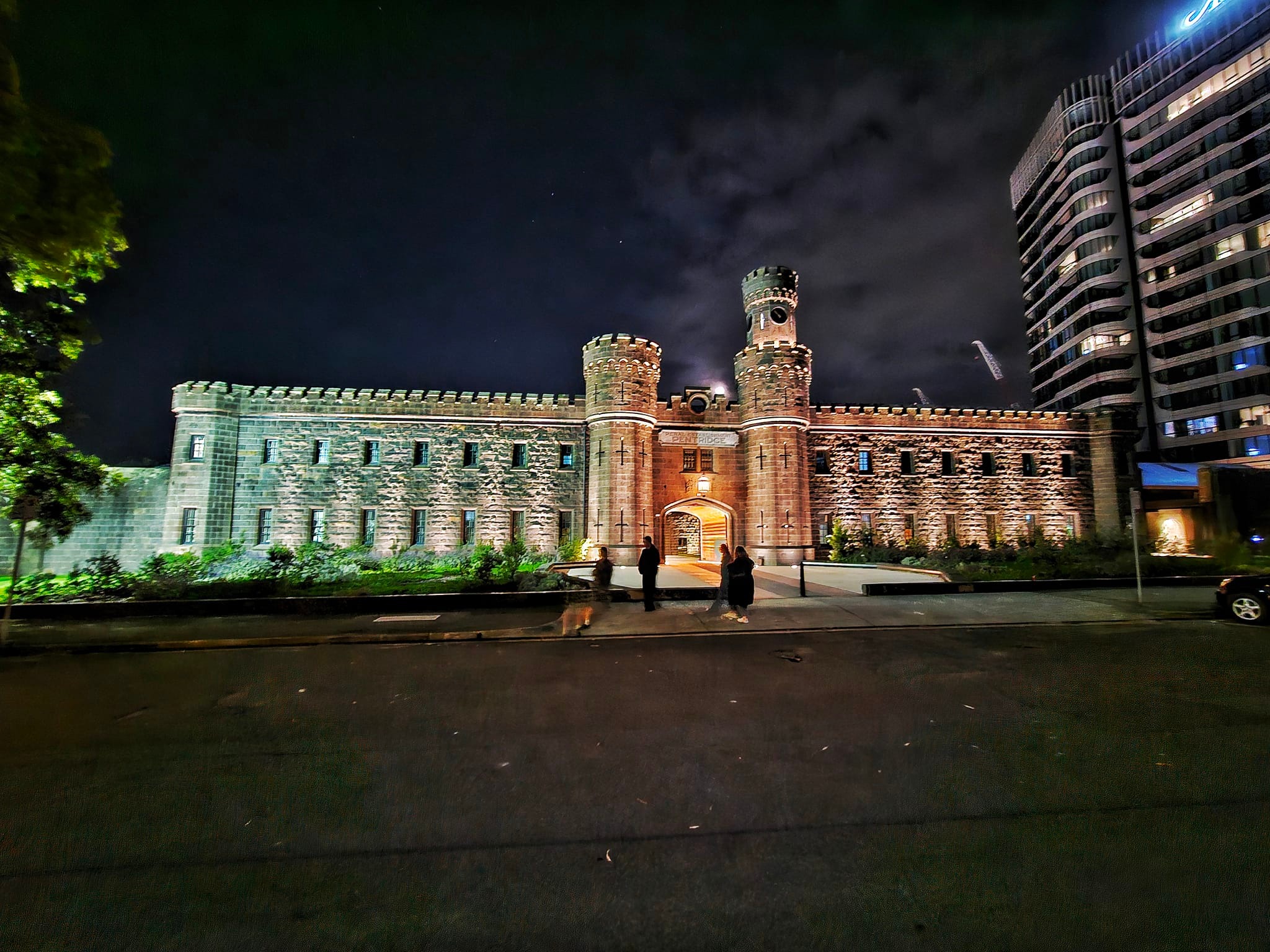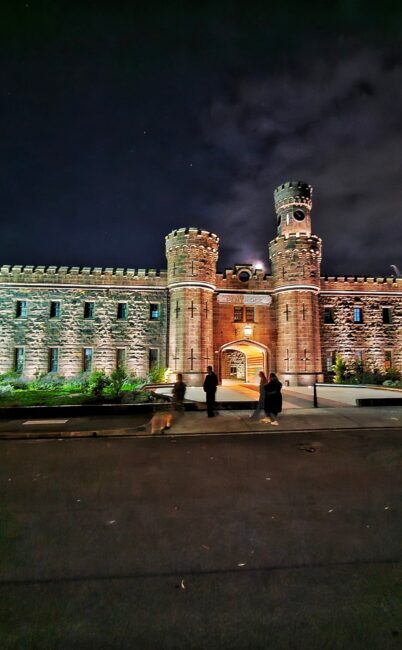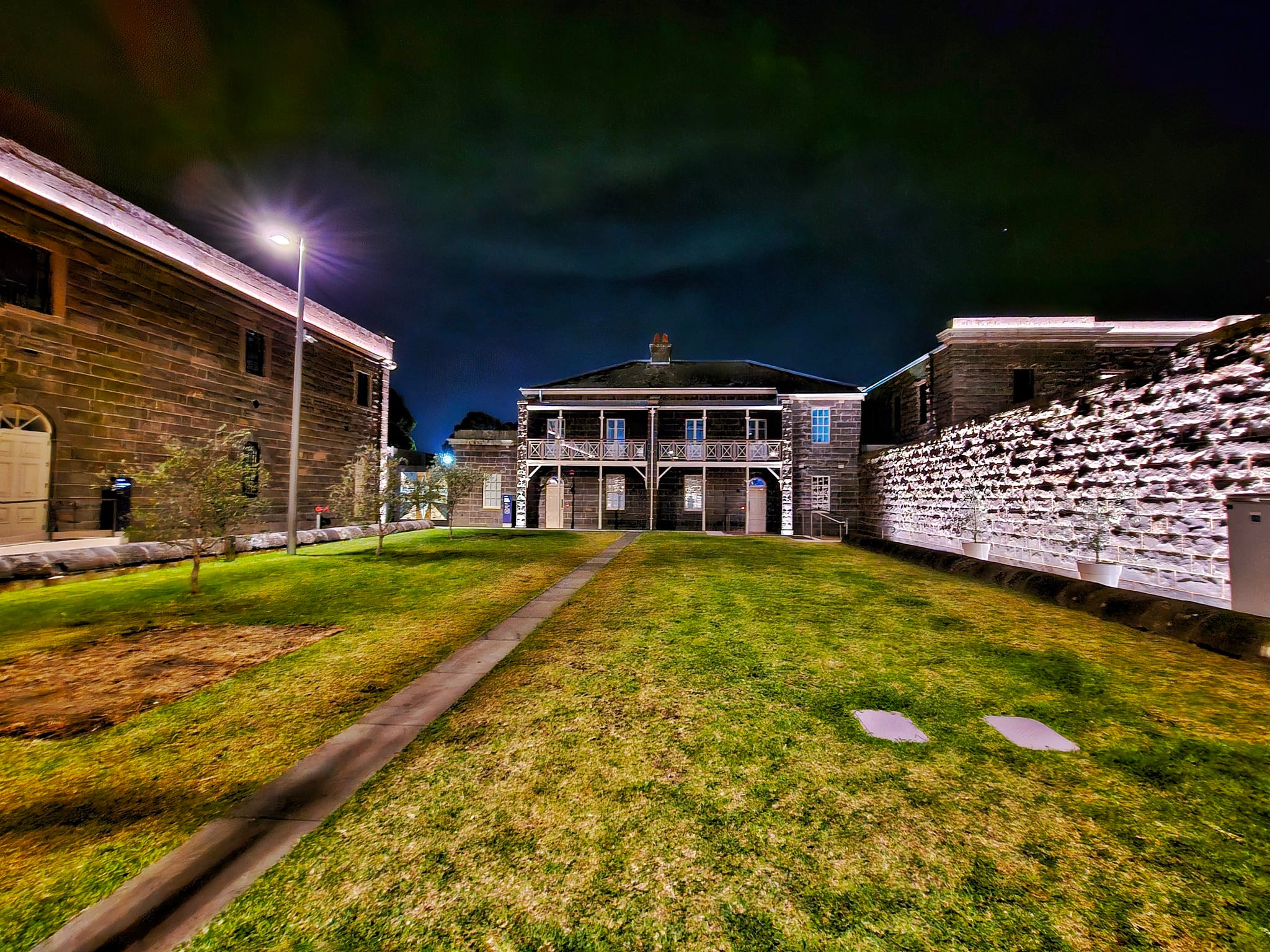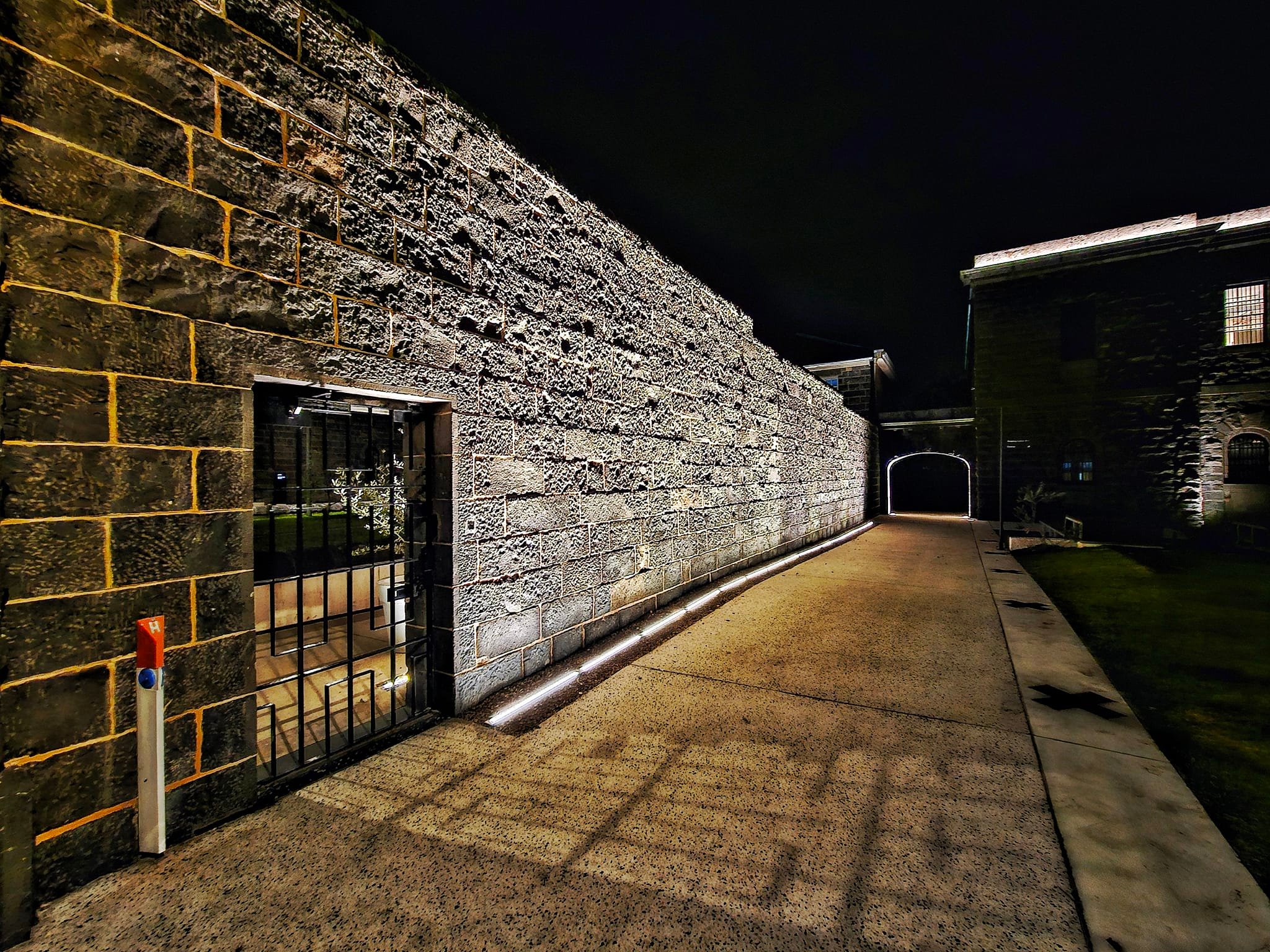 A bit of an impromptu visit for me – who would have ever thought of being told you’re going to catch a movie, only to arrive at said movie theatre – which is within a shopping centre….in the middle of an old re-purposed prison!!
A bit of an impromptu visit for me – who would have ever thought of being told you’re going to catch a movie, only to arrive at said movie theatre – which is within a shopping centre….in the middle of an old re-purposed prison!!HM Prison Pentridge was an Australian prison that was first established in 1851 in Coburg, Victoria. The first prisoners arrived in 1851. The prison officially closed on 1 May 1997. Through the years, Pentridge has had many infamous prisoners from Ned Kelly to Mark “Chopper” Read (to name a few)
The prison was split into many divisions, named using letters of the alphabet.
- A – Short- and long-term prisoners of good behaviour, but during the late 1980s, until its closure, it became a scene of many monthly bashings, stabbings and bludgeonings.
- B – Long-term prisoners with behaviour problems
- C – Vagabonds and short-term prisoners, where infamous bushranger Ned Kelly was imprisoned (demolished early 1970s)
- D – Remand prisoners
- E – The hospital, later turned into a dormitory division housing short-term prisoners
- F – Remand and short-term
- G – Psychiatric problems
- H – High security, discipline and protection
- J – Young Offenders Group. Later, for long-term prisoners with a record of good behaviour
- Jika Jika – maximum-security risk and for protection, later renamed K Division
Jika Jika, opened in 1980 at a cost of A$7 million, was a ‘gaol within a gaol’ maximum-security section, designed to house Victoria’s hardest and longest-serving prisoners.It was awarded the ‘Excellence in Concrete Award’ by the Concrete Institute of Australia before being closed, eight years later, amidst controversy after the deaths of five prisoners in 1987.
The design of Jika Jika was based on the idea of six separate units at the end of radiating spines. The unit comprised electronic doors, closed-circuit TV and remote locking, designed to keep staff costs to a minimum and security to a maximum. The furnishings were sparse, and prisoners exercised in aviary-like escape-proof yards.
In 1983, four prisoners escaped from ‘escape-proof’ Jika Jika. When two prison officers were disciplined in relation to the Jika Jika escape, a week-long strike occurred.
In 1987, inmates Robert Wright, Jimmy Loughnan, Arthur Gallagher, David McGauley and Ricky Morris from one side of the unit, and convicted Russell Street bomber Craig Minogue and three other inmates on the other side, sealed off their section doors with a tennis net. Mattresses and other bedding were then stacked against the doors and set on fire. Wright, Loughnan, Gallagher, McGauley and Morris died in the blaze, while Minogue and the three others were evacuated and survived.
The grave site of bushranger Ned Kelly formerly lay within the walls of Pentridge Prison, while Ronald Ryan’s remains have been returned to his family. Kelly was executed by hanging at the Melbourne Gaol in 1880, and his remains were moved to Pentridge Prison in 1929, after his skeleton was disturbed on 12 April 1929 by workmen constructing the present Royal Melbourne Institute of Technology (RMIT) building. Peter Norden, former prison chaplain at Pentridge Prison, has campaigned for the site’s restoration.
As of 2011, most of the bodies have been exhumed by archaeologists and have either been re-interred in the original cemetery near D Division, are awaiting identification at the Melbourne morgue or have been returned to their families. In 2011, Ned Kelly’s remains were once again exhumed and returned to his surviving descendants for a proper family burial.
It goes without saying that Pentridge also has a haunted reputation with sightings of shadow figures and apparitions being spotted by tour guests and staff working both on the tours and within the retail businesses within the perimeter of the old prison walls.
While I didn’t see any ghostly figures myself I had myself in complete awe of the sheer size of the prison and so pleased to see it given enough respect and re-used in such an innovative way.
-Sam










